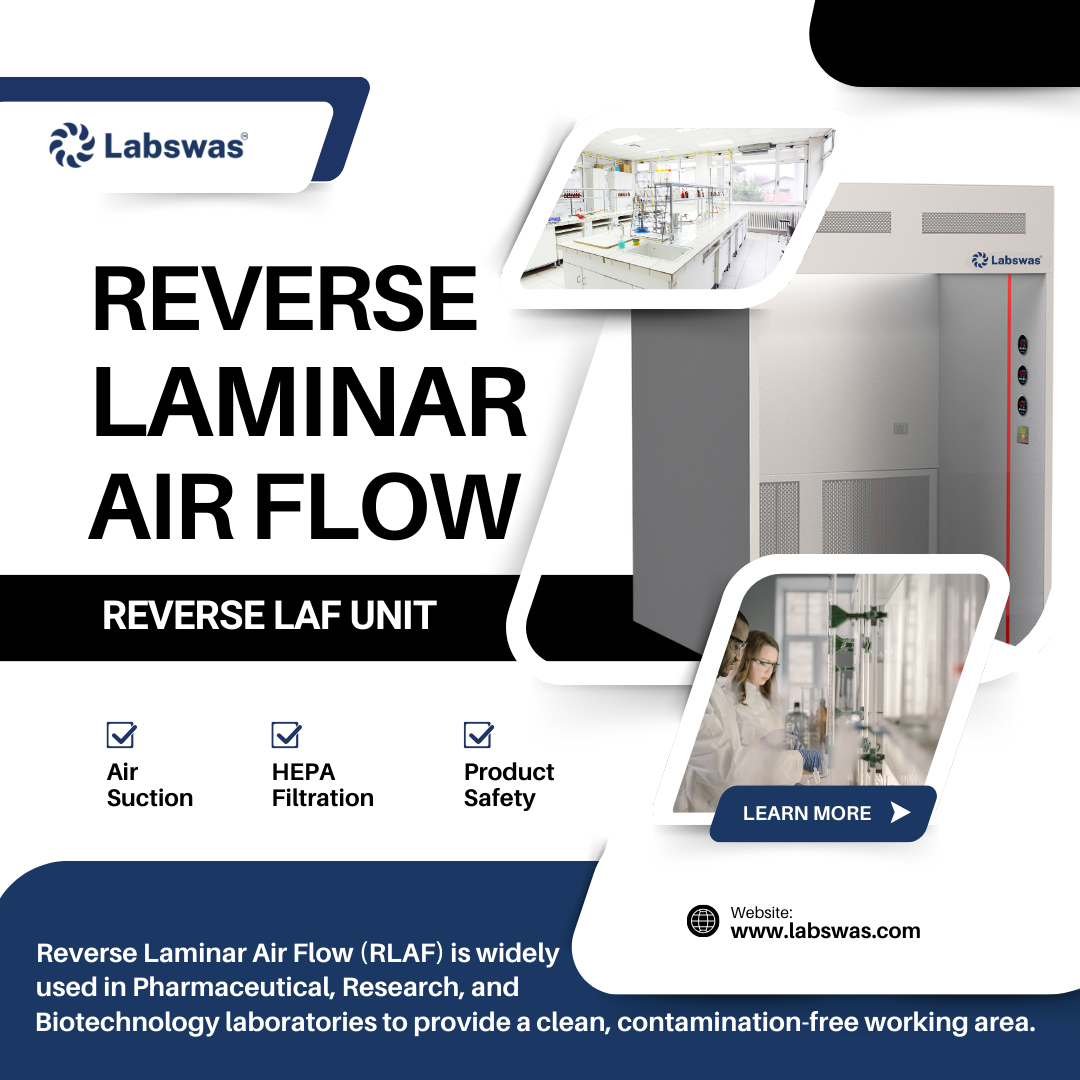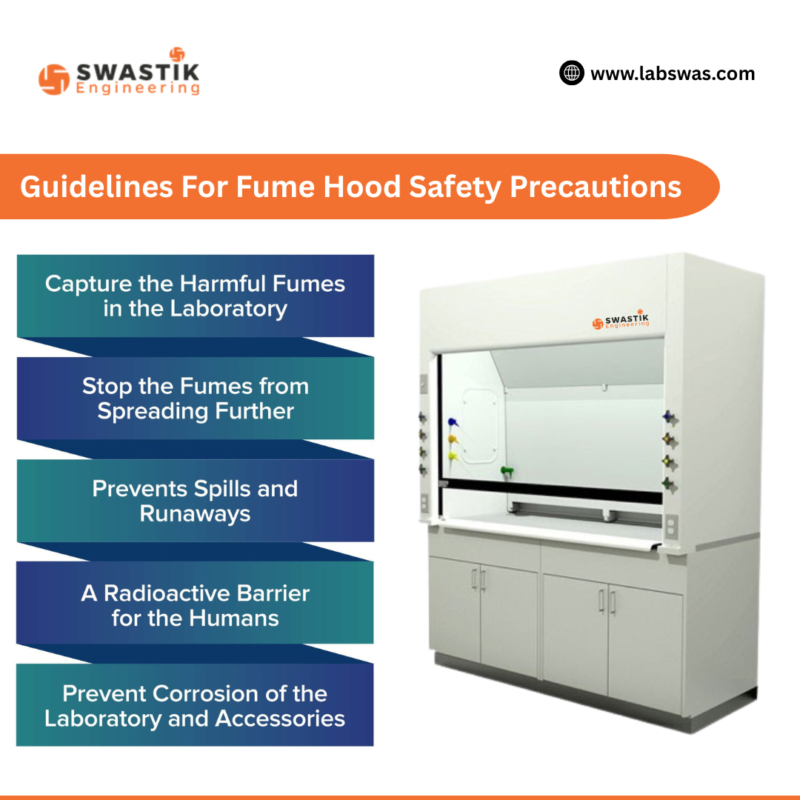Reverse Laminar Air Flow (RLAF)
Precision is key in laboratories. Each piece of equipment provides its function in maintaining results while also maintaining safety for people. One piece of equipment that is increasingly valuable in controlled environments is the Reverse Laminar Air Flow Unit. This specialised unit can keep a designated area clean, or in compliance, rather than vulnerable.
What Is Reverse Laminar Air Flow?
A Reverse Laminar Air Flow system is an environmental containment device that aims to protect the person operating the system and/or their workspace and the surrounding environment from potentially damaging particles, especially when handling powders or fine contaminants, by taking air away from the operator and their surrounding area, instead of blowing air at the work surface like a laminar flow bench.
When You Should Consider a Reverse LAF?
Not every laboratory uses a Reverse Laminar Airflow Unit, but there are many situations where it is essential. You are probably going to lose out if your work entails:
- Weighing or dispensing active pharmaceutical ingredients
- Handling toxic powders while conducting chemical analysis
- Working with allergenic materials during food analysis
- Need protection from airborne contamination when conducting research
Features That Matter Most
Choosing the right Reverse LAF is not necessarily about choosing the biggest or most expensive model. Rather, it is about matching the capabilities of the unit to your laboratory needs. Here are some important variables to assess as you narrow your choices:
Airflow Performance
The airflow must be strong enough to prevent contamination without disturbing delicate samples. You will also appreciate having some adjustable airflow speeds when switching work between different tasks.
Filtration Capability
A HEPA filter is standard and should be rated at 99.97% efficiency for items down to 0.3 microns. You may need an additional activated carbon filter for certain chemical vapours to guarantee efficient removal of vapour particulates.
Ergonomic Layout
Working in the correct ergonomic position for long periods of time is more important than you may think. As well, the quality of the lighting, visibility and ease of access to the controls have a huge impact.
Noise Reduction
The quieter, the better to concentrate. You can confirm a laminar air flow manufacturer’s decibel rating if your lab is noise sensitive.
Certifications and Compliance
Be sure to check that the unit passes ISO clean room standards or complies with guidelines relevant to your industry.
Getting the Size Right
The actual size of the Reverse Laminar Air Flow Unit should accommodate your work area, but also work with your workflows.
- Smaller bench units work well for low-throughput activities such as sample weighing.
- Mid-sized units will support a moderate amount of powder handling.
- Full-sized floor units facilitate the dispensing of larger amounts or between multiple operators.
When configuring your space, consider clearance around the unit for user comfort and maintenance.
Maintaining Your RLAF Unit
Performance is dependent on regular maintenance. An adopted regimen typically includes:
- Regularly replacing filters to maintain airflow quality
- Monitoring airflow velocity with a velocity meter or integrated monitor
- Cleaning interior surfaces with approved disinfectants
- Establishing annual certification intervals for sustained compliance
Failure to maintain your Reverse LAF unit can affect performance and may also give rise to safety issues.
Contact Top Reverse Laminar Air Flow Manufacturer
Contact top reverse laminar air flow manufacturer to get right Reverse LAF unit that provides better safety, productivity and quality.
By understanding how Reverse Laminar Air Flow works, being aware of the risk within your lab and then comparing units using the features that matter most to you, you can select equipment that will aid you for many years to come. An appropriate Reverse LAF is more than simply another piece of lab furniture. It is protection for your people, your data, and your outcomes.







